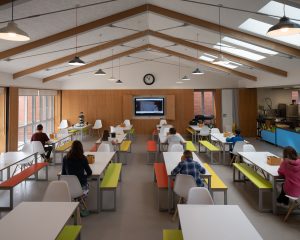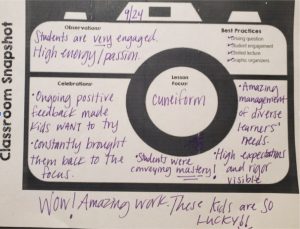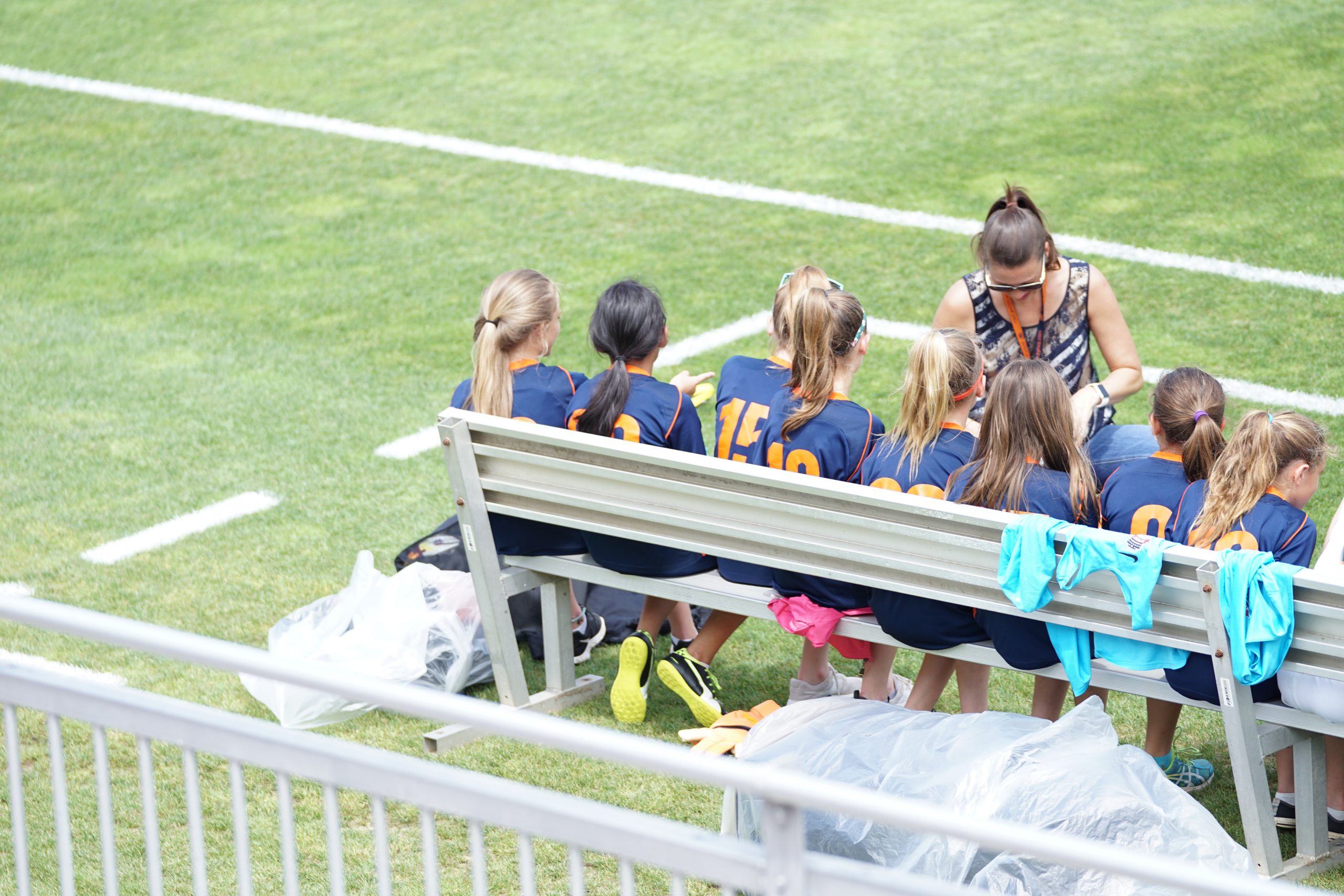By: Meagan Wagner, South Carolina Middle/High School Teacher

Coloring pages. That’s what it took, this week, to motivate my eighth grade boys’ book club to read their assigned pages in the novel. Donuts weren’t appealing and candy is lackluster after Halloween. Yes, I bribe students with goodies. Or, in educator-speak, I provide extrinsic motivation for my students. And if you thought coloring pages would be too elementary for teenagers, then you’d be wrong. I am their literacy coach – and they do not receive a grade from me, so creativity is required to engage and motivate. In fact, that last statement pretty much sums up what it is like to be a literacy coach during a pandemic.
In a normal, non-COVID-19 school year, being a literacy coach means fulfilling many duties. Organizer of novel sets. Assessor of reading fluency and comprehension. Analyzer of standardized testing data. Listener to teacher meltdowns. Bulletin board decorator. Book pusher. My daily role also consists of working within English language arts classrooms as a co-teacher of sorts, pulling struggling readers for reading strategy conferences, conducting walkthrough observations in classrooms, and designing/facilitating professional development opportunities for my faculty. This is not that sort of year.

COVID-19 presented unique parameters within my rural school district. First, the last time we saw our students was six months prior to when they returned to buildings on a new alternating-day hybrid schedule. Second, we were quickly distributing devices to students for the first time ever, because our schools were adamantly NOT one-to-one with computers. Third, many families chose our district-provided virtual option. In an English language arts (ELA) class that would normally consist of twenty-eight students, and would benefit from my co-teaching assistance, we might have eight students on a strong attendance day; most days are not strong attendance days. Fourth, my colleagues are balancing the workload like never before: creating in-class lessons that are not allowed to include group work, providing additional work for the students’ at-home days, providing quarantine packets for students sent home, all while learning new technology.
Making Collaborative Adjustments for COVID-19
I knew before walking into the building in August, that this was not the time to be a normal literacy coach. Co-teaching in a group of eight or less might not be the best use of my time. Conducting walkthroughs to identify instructional needs is NOT a good idea right now — this is not a normal instructional year. Professional development opportunities on incorporating literacy into the content areas is obviously not a priority. This does not mean that my role is not important or valuable for teachers during this time. Creativity is required to engage and motivate teachers AND students.
Coaching Priority #1 – Determine the Best way to support the teachers.
In the same way that we differentiate for students, we should differentiate for teachers. My sixth grade teachers wanted help with grammar: so weekly lessons from me are a go. My seventh and eighth grade teachers wanted to be able to reserve times with me instead of having an assigned visit per week because, too often, my assigned time in their class was filled with helping students who came back from quarantine, or organizing a messy student’s binder.

While these activities have their merit, it was not the best use of my time. Therefore, I created a Google Doc schedule and shared it with my department. This engaged and motivated my teachers to use me in new ways. They have booked me for stations and review lessons, re-teaching small groups, book clubs, and read alouds. As a department, we saw a need to help students learn how to pick out books that are good choices for them. A series of stations and book talks ensued. My high school teachers wanted help furthering independent reading interest for students they only see in person twice a week. I began booktalk videos and trailers that they could provide via technology.
Coaching Priority #2 – Be the voice of encouragement

Teachers, not just in English language arts, were reporting burnout and lack of encouragement. I began walkthrough snapshots — as a means to celebrate the amazing adjustments seen in classrooms. I visit the room, take photos with permission, and leave a note for the teacher that lists all the positives I saw happening. Feedback suggested that teachers want to show off the ways they are adjusting — and rightly so. They are doing amazing things with technology, social distancing, and keeping themselves safe all the while. I have since seen my snapshot celebration forms hanging above teacher desks.
Every stakeholder in education has made major changes to adjust to COVID-19. Administrators, parents, students, teachers, coaches, secretaries, media specialists, custodians, and so many more. The fact that we have managed to rise to the occasion is something to be celebrated and to unite us. We are all in this together and we will do whatever it takes — even if that means printing coloring pages.
About the Author:

Meagan Wagner, M.Ed., NBCT, is a literacy coach for middle and high school in South Carolina. She is also a doctoral candidate at the University of South Carolina, in Curriculum & Instruction.
